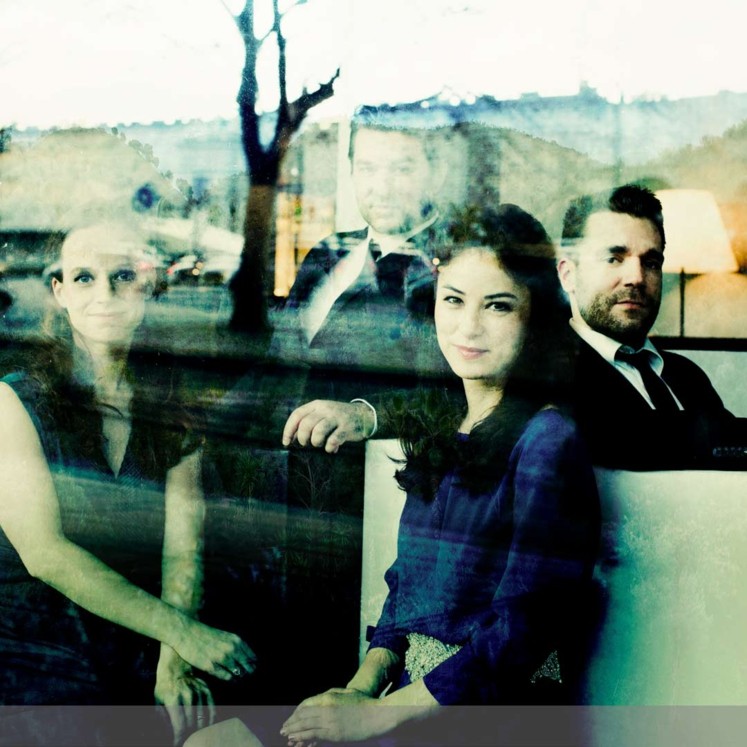
Old and New Worlds
With Bruckner's world as a starting point the Minetti Quartet, based in Vienna, explore old and new worlds in both an artistic and a literal sense. They begin in the „New World“ with the String Quartet No.1 by Charles Ives composed in 1896, the year of Bruckner's death, in which Ives integrates North American hymns into models of classical composition; they then turn back to the „Old World“ of Vienna and Arnold Schönberg, who in his String Quartet No.3 from 1927 used the traditional four-movement form in spite of the modernity of his harmony and melody. His model for the first movement of the quartet was the finale of Bruckner's 7th Symphony in E major. The dedication of this work to the US pianist and patron of the arts Elizabeth Sprague Coolidge leads us back again finally to the „New World“. In 1933 Schönberg had been forced to emigrate to the States, and in 1939 he was followed by another Jewish musician, the violin virtuoso Fritz Kreisler, who as a 7-year-old child prodigy had once been a pupil of Bruckner. In his string quartet in A minor of 1919, which he called his „Commitment to Vienna“, he looked back on the city at the time of the empire – the „Old World“ of yesterday.
Charles Ives (1874–1954)
String Quartet Nr. 1 (From the Salvation Army) (1896)
Arnold Schönberg (1874–1951)
String Quartet Nr. 3, op. 30 (1927)
– Interval–
Fritz Kreisler (1875–1962)
String Quartet in A minor (1919)
Minetti Quartett
Maria Ehmer | Violin
Anna Knopp | Violin
Milan Milojicic | Viola
Leonhard Roczek | Cello